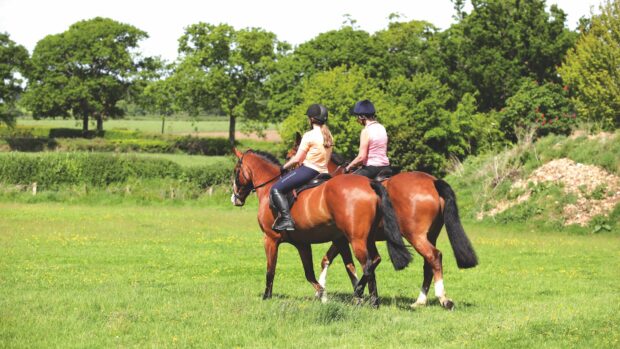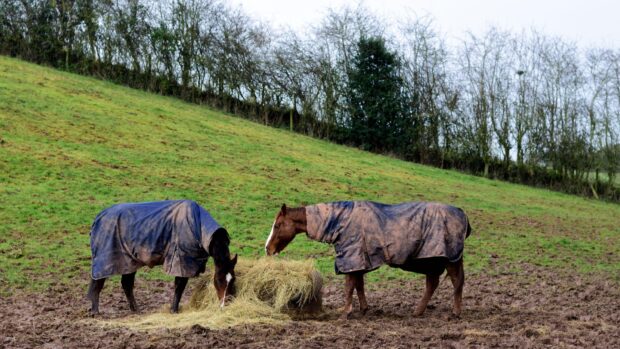Q: IS a rider’s insurance cover affected if high-visibility clothing is not worn? Does the use of the words “Caution — young horse” on the back of a high-vis bib in any way impact on a rider’s insurance cover? Are there any insurance industry guidelines for what might constitute an acceptable standard for high-vis gear on the rider and/or the horse? And would the use of a defined “industry standard” suite of high-visibility aids attract a discounted premium?
GJ, Somerset
WE asked David Ashby of Amlin Plus Sport Horse Insurance for his thoughts.
“This is difficult to answer from the perspective of third party insurance, as I can envisage courts holding a rider responsible to some degree if they were on the road and had not taken all reasonable steps to make themselves visible,” he said.
“I believe this has already been used as a way of reducing damages and assessing liability in claims relating to incidents involving motorcycles.
“From an equine insurance perspective, I have seen nothing that requires riders to wear high-visibility clothing, or suggests that insurance coverage could be reduced or limited in its absence. That said, if a rider were involved in an accident after dusk and no precautions were taken, simply being insured does not remove the responsibility to exercise common sense,” David continued.
“I believe there was advice in the equestrian press stating that tabards with wording such as ‘Beware: young horse’ could be viewed as unwise, since, by their nature, horses are often unpredictable — admitting the horse was even more likely to misbehave simply gives ammunition to those alleging ‘contributory negligence’. It also potentially raises the argument, was the horse safe to be on the road in the first place? As a rider myself, I am well able to understand the answer to this, but it is a line of questioning best not provoked.
“There are no guidelines from the insurance industry that I am aware of about clothing (aside from safety helmets), although of course, insurers would expect the Road Traffic Act (RTA) requirements to be met in all reasonable circumstances.
“The use of high-visibility clothing would be unlikely to entitle a policyholder to a reduced premium because firstly, it is common sense, and secondly, the time spent hacking on roads is only a very small proportion of the risk an insurer is assessing on an equine combined policy,” David concluded.
Information
Amlin Plus Tel: 020 7423 0920 www.amlinplus.co.uk
This Q&A was first published in Horse & Hound (24 April, ’08)


